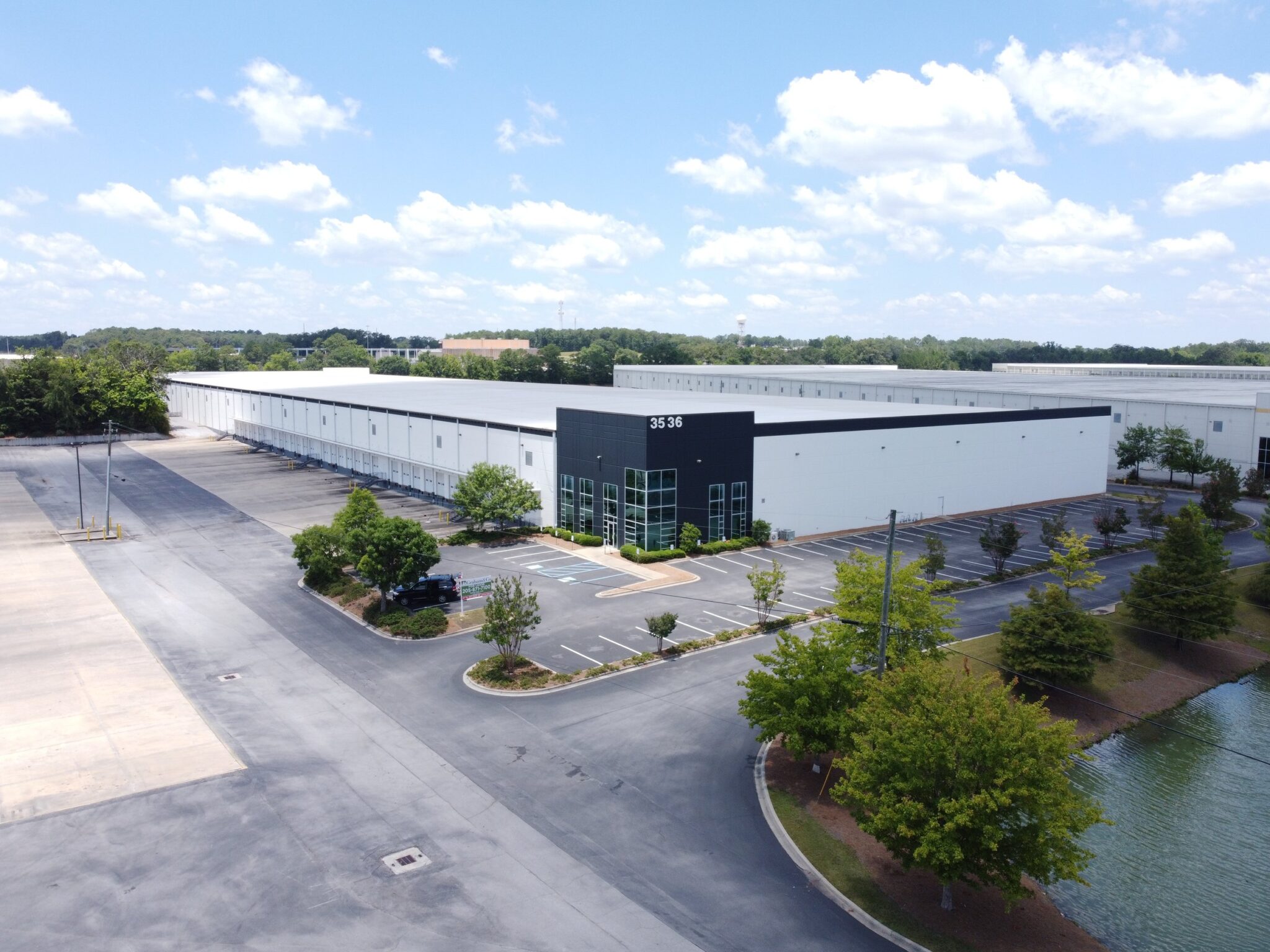Commercial Real Estate investing can be a powerful tool for wealth creation. As detailed in the Federal Reserve’s April 2024 Financial Stability Report, the U.S. commercial real estate (CRE) market was valued at $22.5 trillion by the end of 2023. This positions it as the fourth-largest asset class in the country, trailing behind equities, residential real estate, and Treasury securities. Over the past decade, U.S. bank lending for CRE has seen significant growth, expanding from approximately $1.2 trillion in early 2014 to nearly $3 trillion by the end of 2023, based on data from quarterly bank reports. Notably, this increase has been driven largely by regional and community banks, which now hold around two-thirds of all CRE loans, particularly those with assets under $100 billion according to the St Louis Federal Reserve.
Executed properly, investors can utilize CRE’s unique attributes to grow their investment portfolio and produce income while diversifying the risk within their portfolio. But, as with all investments, there is no reward without risk. Understanding those risks and taking steps to mitigate them is key to achieving a fruitful investment.
In this blog series, we’ll examine some of the key risks investors take when making real estate investments, what they mean for investors and how the informed investor can avoid its pitfalls.
Timeline Risk
The first risk we’ll examine is timeline risk. Simply put, this is the risk that the optimal timeline for a particular investment doesn’t align with the investor’s timeline. While this sounds simple enough on the surface, in practice, this risk can be tricky even for the most seasoned investors.
When analyzing a CRE investment opportunity, several assumptions must be made to develop an educated guess about what types of returns the investment will generate. Some of these include:
- How much income will the property produce in the future?
- How certain is that potential income?
- How will the market assess this income stream relative to interest rates?
- What will interest rates look like in the future?
These are all common questions that are answered as a potential real estate investment is being evaluated. There is one question that is often overlooked as an important consideration: “What is the appropriate time horizon for this investment?” .
The St. Louis Fed outlines the risks associated with the “maturity wall,” where $1.7 trillion in CRE debt is due for refinancing between 2024 and 2026, posing significant timeline risks for investors.
Most real estate investment pitches highlight an expected investment period of 3 to 5 years. In some circumstances such as a larger development project, that may make sense as it lines up with the time needed to build and bring the property to market. However, many other proposed investments adopt the 5-year time horizon because that is a timeframe generally accepted by investors as standard, but just because it is typical doesn’t mean it’s right.
The proper investment timeline for a real estate holding can be affected by any number of things, some of which are expected at the time of investment and others which are only revealed along the way. For example, changes in interest rates may make existing borrowing far more attractive than that available in the current market thus pushing the optimal timeframe for selling out to the end of the loan. In contrast, a major change in the status of the property such as renegotiating the lease or a tenant credit enhancement may pull forward the optimal selling window.
It’s not only the property’s optimal timeline that must be considered but also the expectations of the investor. Investors often expect investment cycles to happen along the arbitrarily chosen timeframe and are loathe to accept changes to those projections. Even when they get the expectation right about the investment’s timeframe, investors themselves bring challenges with investment timelines. Changes in personal circumstances can cause investors to alter their optimal timeline for an investment. Life is full of surprises and those surprises can roil even the most carefully considered plans. These changes can cause adjustments in an investor’s ideal investment timeline long after the investment is already made.
Timeline mismatches can be costly for investors. Investments with a timeframe much shorter than the investor’s add volatility and uncertainty as the investor must make one or more additional unknown investments in an unknown future environment to match their timeline. Conversely, investments with longer timelines than investors cause investors to liquidate at a less-than-optimal point snatching defeat from the jaws of victory.
Without a working crystal ball, eliminating timeline risk isn’t possible, but there are a few steps prudent investors can take to reduce the risk of major timeline challenges.
- Consider diligently the proper timeline for a prospective investment – A well-thought-out analysis will consider things like upcoming changes in the rent roll, position within the economic cycle, upcoming changes in the local property market, loan terms, and estimated time to complete the investment thesis.
- Carry liquidity – Traditional investment modeling views the return on cash as lower than other types of investment, however, in addition to interest earned, a cash cushion ensures investments are less likely to be impacted by unforeseen timeline changes. Although challenging to quantify, the additional returns generated from investments held for their optimal timeline—beyond what would have been earned if they were liquidated early—should be attributed to the return on cash rather than the return on the investment itself.
- Miss long – When estimating the optimal investment timeline, it’s usually much less expensive to err on the side of too long rather than too short. While it remains important to keep estimates as sharp as possible, a shade to the less costly miss can provide some low cost assurance.
Now that we understand timeline risk, next time we’ll turn our attention to another one which has been in the news in recent months, interest rate risk.
Dan Andrews
CEO
Citations:
Federal Reserve Bank of St. Louis. (n.d.). Commercial real estate in focus. St. Louis Fed. Retrieved August 21, 2024, from https://www.stlouisfed.org/publications/regional-economist/2024/07/01/commercial-real-estate-in-focus

